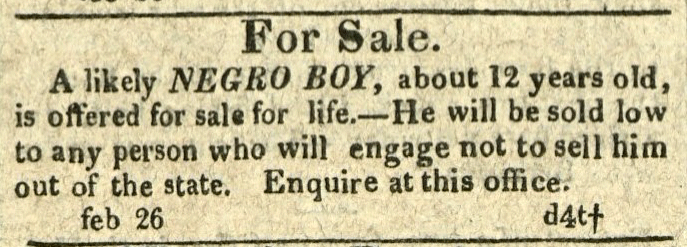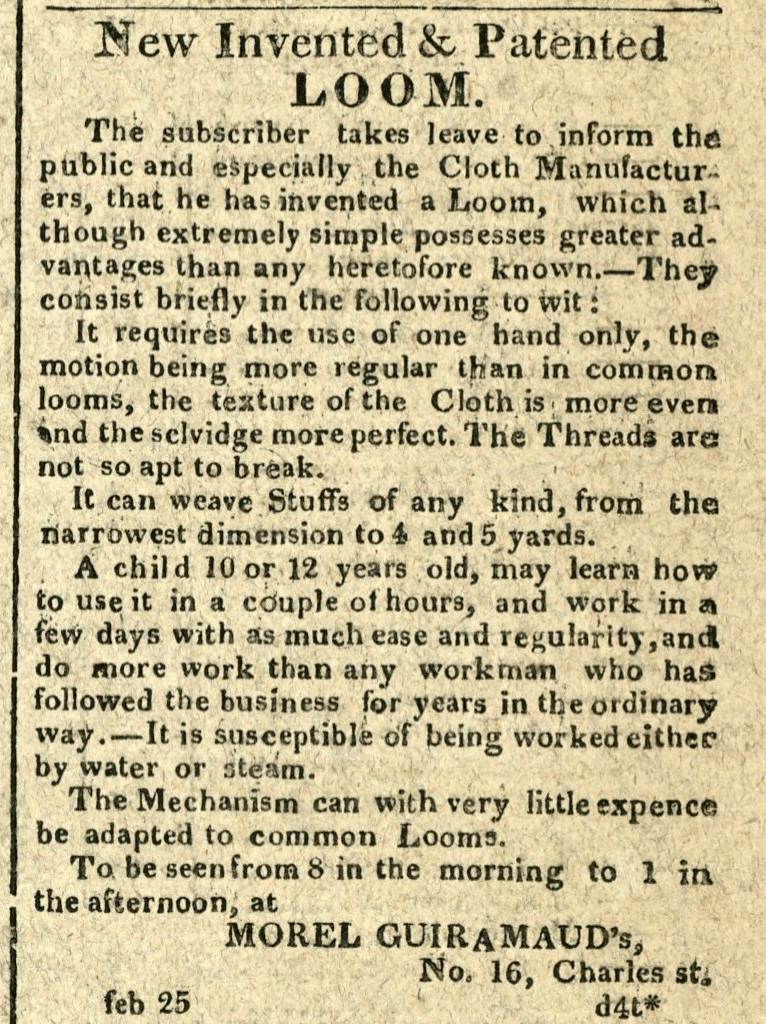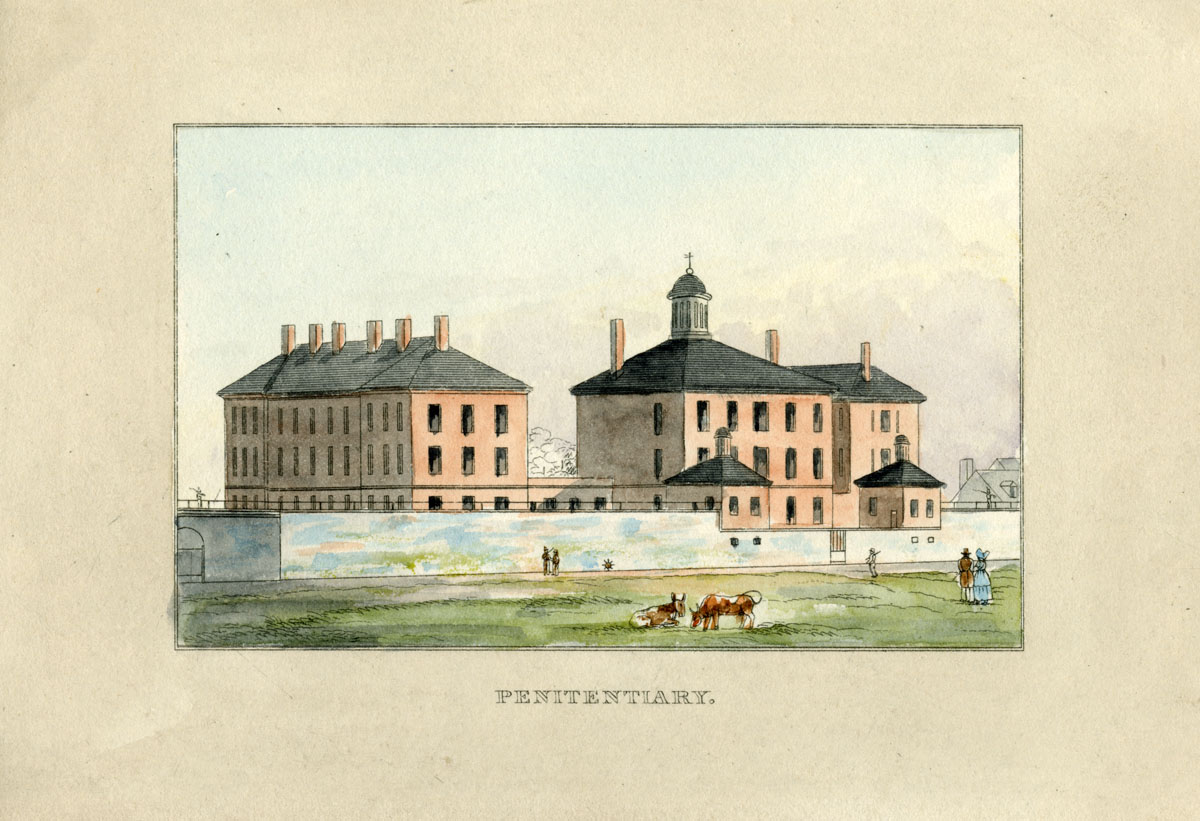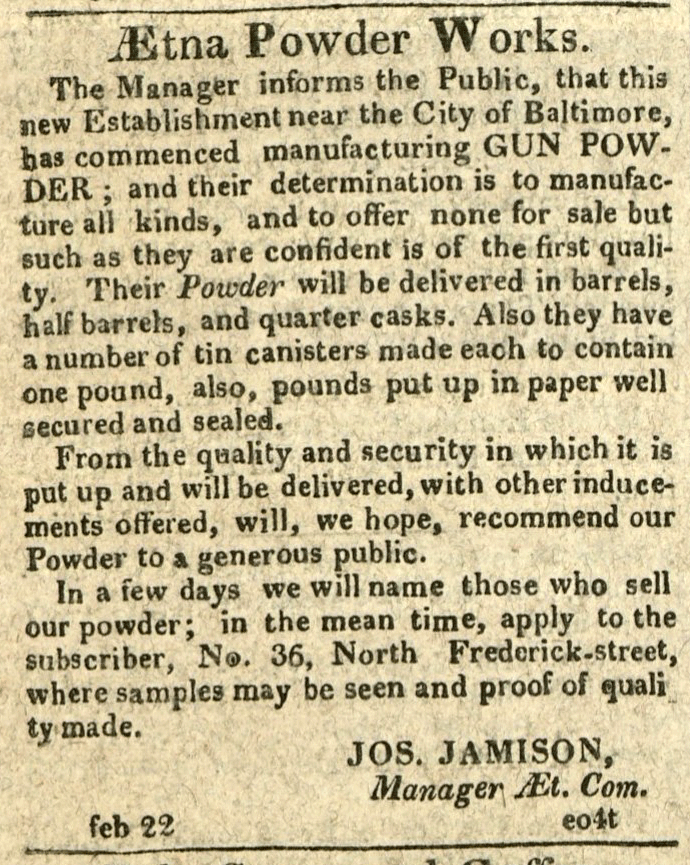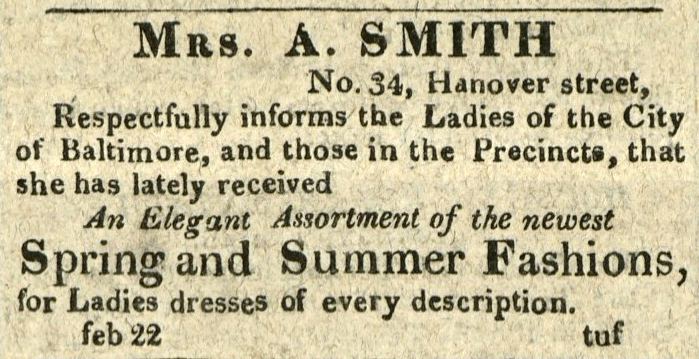Baltimore, 26th February 1814
I have read with much pleasure your speech at Annapolis; you have perspicuously traced the causes of our war with Great Britain to their real origin and have exposed the disgraceful intrigues and falsehoods of the Administration by which they have gradually led Congress to declare it. If the war party could divest themselves of their hatred to England and consider dispassionately the contents of your address, I should hope the perusal of it would be followed by happy consequences. But men blinded by party spirit are not to be cured by reason but by sufferings, and the great mass of the people have not yet suffered enough to make them sick of the war.

On February 26, 1814, Charles Carroll of Carrollton wrote to his son-in-law Robert Goodloe Harper (continuing their correspondence from January) to praise his recent speech in Annapolis.
Throughout the war, members of the Federalist Party, like Carroll and Harper, expressed serious concerns about the conflict with Great Britain and offered sharp criticism of President James Madison. In Baltimore, the debate between Federalists and supporters of the Democratic-Republican Party turned violent when a group of rioters destroyed the offices of the Federalist newspaper The Federal Republican on June 20, 1814. In a second attack in July, a mob brutally assaulted and tortured the newspaper publisher Alexander Contee Hanson and eight of his employees and associates. In 1816, Contee succeeded Robert Goodloe Harper as a United States Senator for Maryland.
Carroll’s February 1814 letter continues below:
